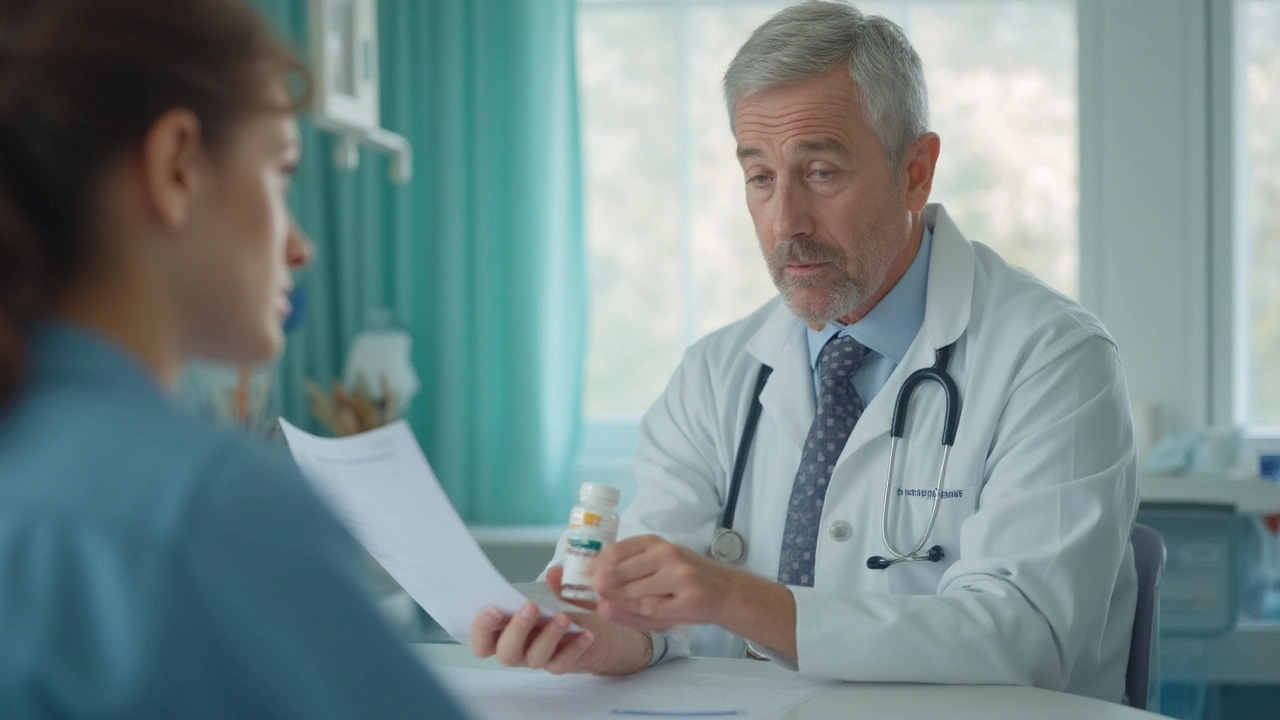Hospital Medication Practices: What They Are and Why They Matter
If you’ve ever wondered why the pills you get in a hospital feel different from the ones at your local pharmacy, it’s all about hospital medication practices. These are the rules, workflows, and checks that guide every prescription, dose, and administration inside a medical facility. The goal? To give each patient the right drug at the right time while minimizing errors.
How Hospitals Pick the Right Drugs
First, doctors don’t just pull a medication out of thin air. They follow prescribing guidelines that are created by experts and updated regularly. These guidelines consider the latest research, drug interactions, and specific patient factors like age, kidney function, or allergies. Hospital pharmacists play a key role: they review each order, suggest alternatives if a cheaper or safer option exists, and make sure the hospital’s formulary—its approved list of drugs—is being used.
Safety Checks That Keep Patients Safe
Once a drug is chosen, several safety layers kick in. The most common is the five‑rights check: right patient, right drug, right dose, right route, and right time. Nurses verify these rights at the bedside before giving any medication. In addition, many hospitals use electronic medical records (EMR) that flag potential interactions or duplicate therapies instantly. If a mistake slips through, incident reporting systems capture it so the team can learn and improve.
Another important piece is medication reconciliation. When you’re admitted, the staff compares what you were already taking at home with what they plan to give in the hospital. This avoids accidental duplication or missed doses. At discharge, they provide a clear list of new prescriptions and how to take them, helping you continue treatment safely at home.
Hospital medication practices also extend to special populations. For kids, pregnant women, or patients with organ failure, dosing often needs adjustment. Protocols exist for these groups, and pharmacists are usually the ones who calculate the exact amount needed based on weight or lab results.
All of these steps cost time, but they dramatically cut errors. Studies show that hospitals with strong medication safety programs see up to a 30% drop in adverse drug events. That means fewer complications, shorter stays, and lower costs—for both the patient and the health system.
If you’re curious about your own hospital’s practices, ask to see their formulary or inquire about how they handle medication reconciliation. Transparency builds trust, and knowing that a team of doctors, pharmacists, and nurses is double‑checking every dose can give you peace of mind during a stressful stay.
Hospital Benadryl Prescriptions for Anxiety: Inpatient Versus Outpatient Advice Explained
Ever wonder why hospitals prescribe diphenhydramine for anxiety but your regular doctor rarely does? This article explains the evidence, safety risks, and hospital practice patterns behind the difference.
© 2025. All rights reserved.

